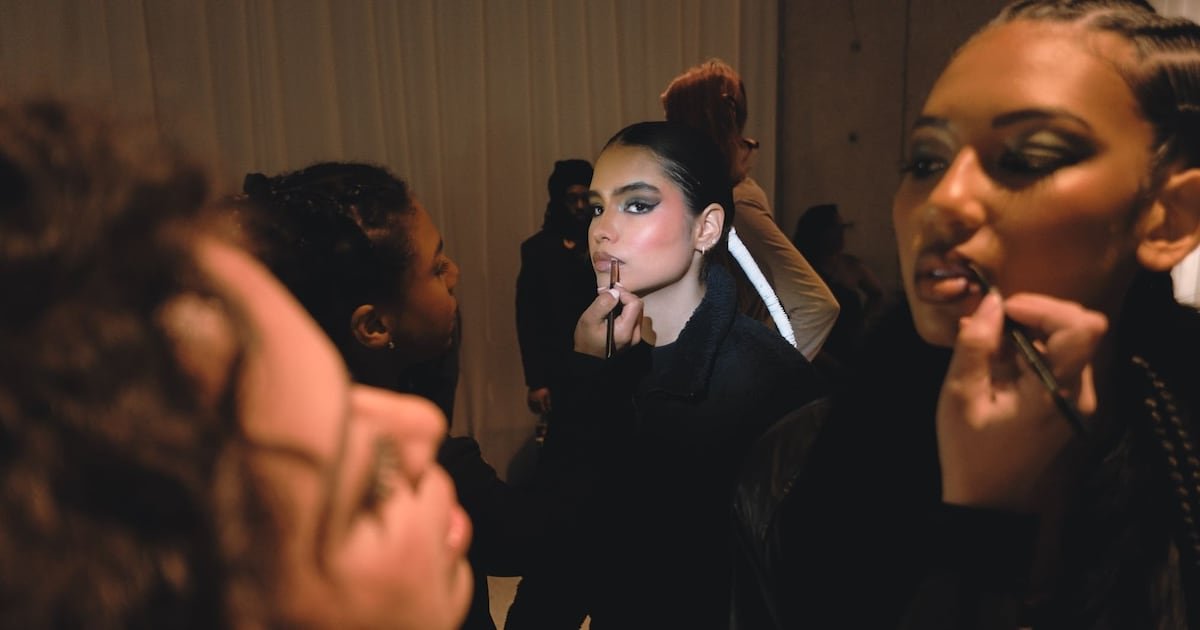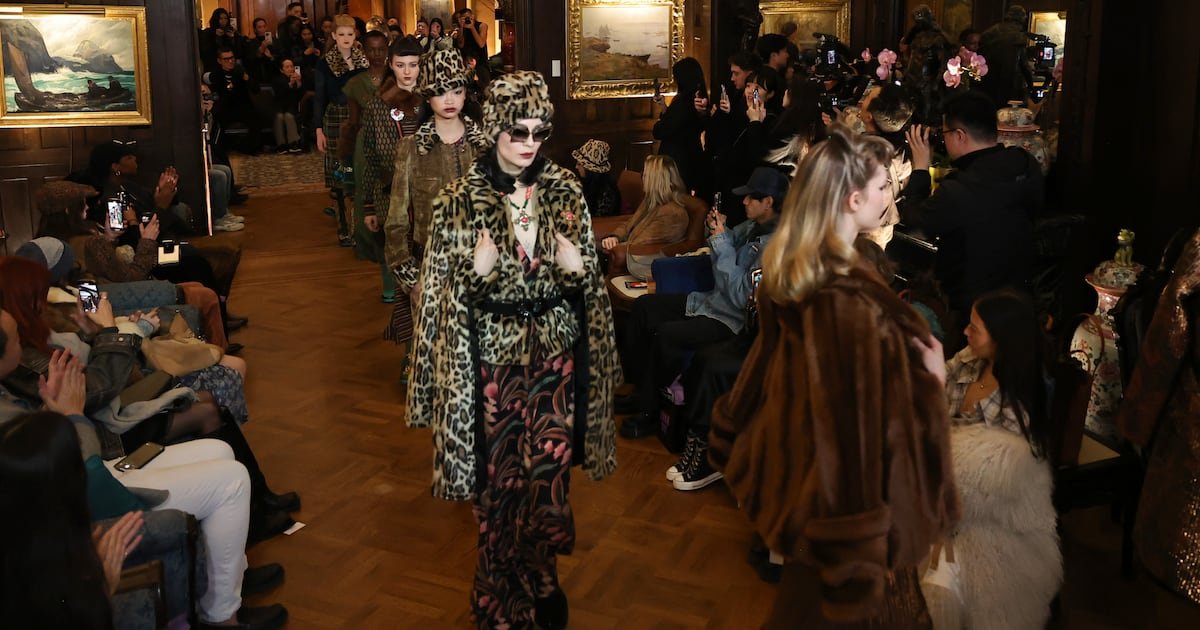
Andrea Casotti’s “La Celidora” warned in 1734 about the risks of flying too high, too fast: “Chi troppo in alto sal, cade sovente precipitevolissimevolmente” or “He who climbs too high, often falls precipitously.” Kering’s Gucci and LVMH’s Dior recently doubled their sales in less than five years: Gucci grew from €3.9 billion in 2015 to €8.3 billion in 2018, while Dior is estimated to have grown from €6.4 billion in 2019 to €11.9 billion in 2023. Now, the two brands are facing serious headwinds.
Both Dior and Gucci have long faced the same challenger’s dilemma: Gucci aspires to be as good as Louis Vuitton, while Dior aspires to be as good as Chanel, but both brands are smaller than their rivals and that’s a tricky place to be in a fixed cost industry, where scale benefits are significant.
To keep up, smaller brands need to grow faster, and the pursuit of rapid growth can push them to lean heavily into the zeitgeist, moving out of “centre stage” to find the aesthetic space in the market where consumer tailwinds blow stronger. This, coupled to a commercial approach that pushed lower-priced streetwear and accessories, was the essence of Kering’s Gucci strategy under designer Alessandro Michele.
The approach can deliver spectacular results, but it eventually makes you spikier: more likely to be out of sync with the next fashion cycle, heightening the risk of brand fatigue when the zeitgeist moves on. Spiky and in sync with the zeitgeist is marvellous; spiky and out of sync is a disaster.
Those who stay “centre stage” can always move a little to the left or a little to the right to capture the prevailing zeitgeist. But those who move to a more extreme position, even if it’s the “right” position when they make the manoeuvre, can find themselves in a very wrong place when tastes change.
This is the problem Gucci faces in a “quiet luxury” world: even if it tries to be quiet, it doesn’t look credible to those who want quiet (while no longer accommodating those who don’t), which is part of the reason why the company’s aesthetic U-turn — from the exuberance of Michele to the demure style of Sabato De Sarno — failed to gain traction, resulting in De Sarno’s ouster.
Dior, on the other hand, has made steadier changes to its creative content. The brand recently parted ways with men’s artistic director Kim Jones and is expected to separate from women’s designer Maria Grazia Chiuri later in the year, but a wholesale transformation of the brand’s aesthetic seems unlikely.
Dior has also exercised a very different level of restraint on the commercial front. Gucci never really gave up its dependency on factory outlets, which we estimated to account for 15 percent of sales even at the height of the brand’s success. Gucci has also remained exposed to wholesale, even if it has halved its dependence on the channel over the past 10 years. Meanwhile, Dior has kept its exposure to outlets and wholesale to a minimum. It has also limited how many easy products, like sneakers and t-shirts, it sells to the public. And if Dior’s off-kilter pricing is the result of pushing too far upmarket (to match Chanel?), Gucci is still trying to price up.
As a result, the magnitude of the problems facing Gucci and Dior are different. At Dior, a higher level of restraint in selling accessible products; tighter control of distribution; and no attempt to completely change the brand aesthetics appear to be associated with a less severe amount of top line damage. Even if Gucci’s performance is fully visible, and Dior’s performance needs to be estimated, Dior’s growth appears to have been down in the low double-digits in the third quarter of last year, whereas Gucci was down by 25 percent. Furthermore, LVMH can absorb temporary weakness at Dior, which drove 23 percent of LVMH’s fashion and leather goods top-line in 2023 (about 12 percent of group sales). Kering less so: Gucci contributed 61 percent of group revenue in the same period.
Neither brand seems close to solving its problems, however. Gucci is engaged in significant upheaval on both the creative and management sides, delaying the prospect of a turnaround. By comparison, Dior has introduced tweaks to its organisation: in addition to the departure of Jones, former Miu Miu chief Benedetta Petruzzo has replaced Charles Delapalme as managing director. Is it enough?
Luca Solca is head of luxury goods research at Bernstein.
Disclosure: LVMH is part of a group of investors who, together, hold a minority interest in The Business of Fashion. All investors have signed shareholders’ documentation guaranteeing BoF’s complete editorial independence.



